- Language
Best villa design solutions
Based on the roof resources, electricity consumption characteristics, and technical maturity of villa scenarios, the following are the best solution designs that have been verified through practice.
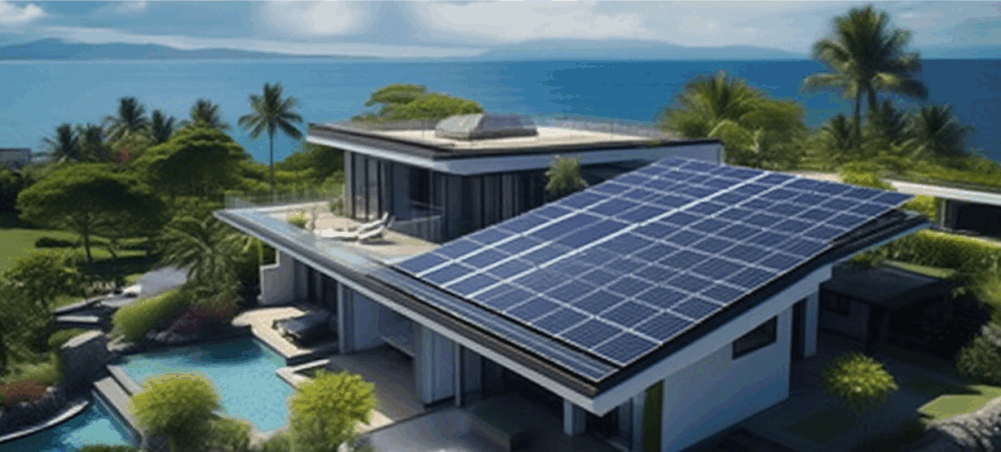
1. Core Parameters and Requirements Breakdown
Daily Electricity Consumption: 100 kWh (kilowatt-hours) Objective: Photovoltaic power generation should cover 80%-100% of daily electricity consumption, with the energy storage system meeting nighttime/cloudy day electricity needs and serving as a backup during power outages, thereby reducing reliance on the grid. Key Constraints: Villa roof area (typically 100–200 m²), local solar radiation conditions (calculated based on the national average peak solar radiation of 4 hours per day), and peak electricity load (typically 10–20 kW for villas).
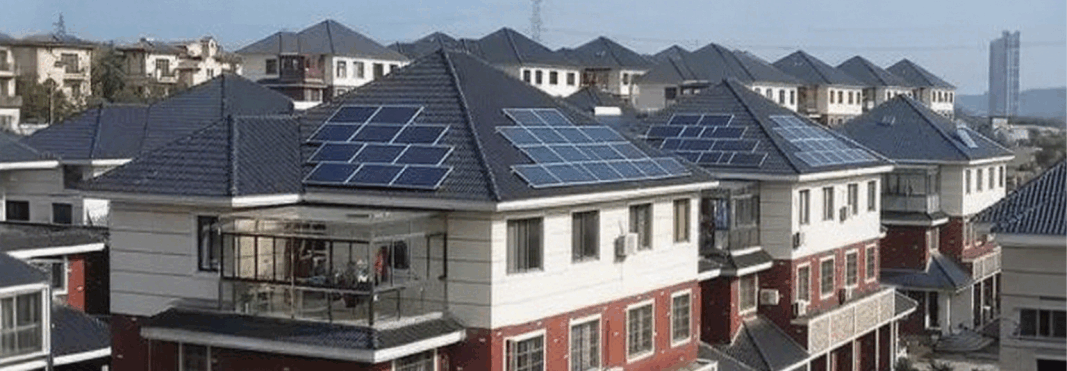
2. System Core Configuration Plan
2.1. Photovoltaic System: 30kW High-Efficiency Monocrystalline Modules Installed Capacity: 30kW (to cover daily electricity consumption of 100kWh, with actual daily power generation reaching 120-130kWh after accounting for system losses). - Calculation Logic: Based on the national average peak sunlight of 4 hours per day, the theoretical daily power generation of a 30kW system = 30kW × 4h = 120kWh. After deducting 10%-15% for module degradation, shading, and inverter losses, the actual power generation is approximately 100-105kWh/day, which exactly matches the demand.
2.2. Module selection: - High-efficiency monocrystalline PERC photovoltaic panels (450W-500W per panel), with a conversion efficiency of over 22% (e.g., brands like Longi or Jinko), and dimensions of approximately 1.8m × 1.1m per panel. - Quantity: 30 kW ÷ 480 W ≈ 63 panels (adjust based on roof area; if roof space is limited, larger-sized panels with 500 W or higher can be selected to reduce the number of panels).
2.3. Installation Design**: - Prioritize south-facing sloped roofs (with an angle of approximately 30°, matching the local latitude), followed by flat roofs (with brackets installed to raise the angle to 30°), avoiding obstruction by trees or chimneys. - Design in 2-3 string groups (20-30 panels per group) to minimize the impact of local shading.
2.4. Energy storage system: 100kWh lithium iron phosphate battery + 15kW bidirectional inverter.
2.5. Energy storage capacity: 100kWh (sufficient for 1 day of nighttime/cloudy weather electricity use, with 2 days of emergency backup power). - Logic: Assuming 50% of electricity consumption occurs during the day (directly supplied by photovoltaic power) and 50% at night (supplied by energy storage), the basic requirement is 50kWh; adding a one-day cloudy day reserve, a total capacity of 100kWh is more reliable.
2.6. Battery type: Lithium iron phosphate batteries (high safety, long cycle life (6,000+ cycles), low-temperature performance suitable for most regions), recommended modular design (e.g., 10 x 10kWh battery modules for easy expansion/maintenance).
2.7. Inverter Selection: 30kW hybrid inverter (supporting photovoltaic, energy storage, and grid tripartite scheduling), must have: - Bidirectional power conversion functionality (charging excess photovoltaic power, discharging energy storage to supply loads); - Off-grid mode (automatic switching during power outages to ensure critical loads like refrigerators and air conditioners are maintained); - Compatibility with battery communication protocols (e.g., CAN bus protocol).
2.8. Intelligent Energy Management System (EMS) - Core functions: - Dynamic scheduling: prioritize direct PV supply during the day, with excess power charging the energy storage system; prioritize energy storage during the night, with grid power supplementing when insufficient. - Peak-valley arbitrage: If local peak-valley electricity rates are available (e.g., 0.8 yuan/kWh during peak hours and 0.3 yuan/kWh during off-peak hours), the system can charge the energy storage system from the grid during off-peak hours and supply power from the energy storage system during peak hours to reduce electricity costs. - Remote monitoring: View power generation, electricity consumption, and energy storage status via a mobile app, with support for fault alerts.
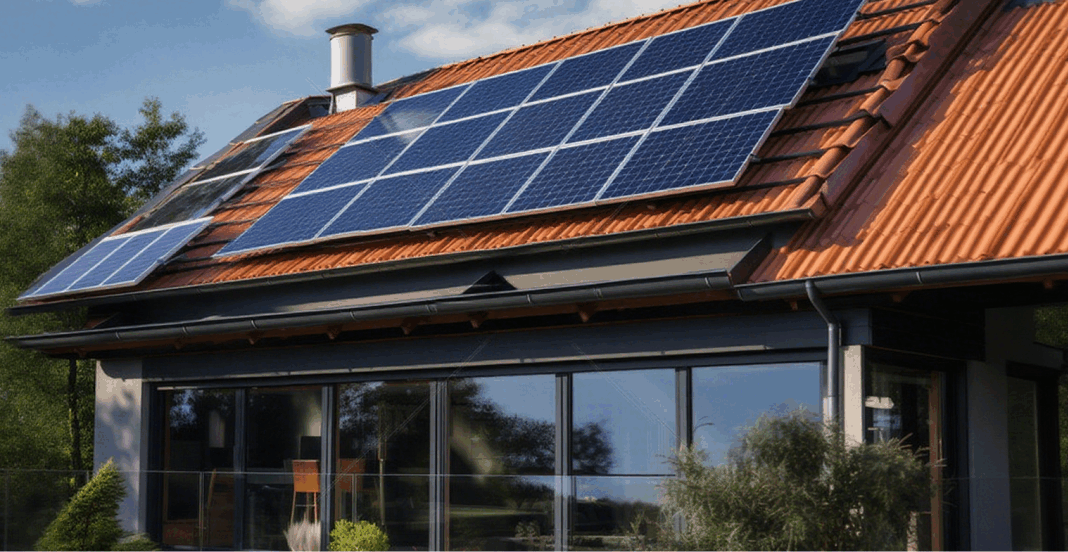
3. System Advantages and Compatibility: Dimensions / Solution Features / Self-Sufficiency Rate
On sunny days, 100% of electricity needs can be covered, while on cloudy days, 80% can be covered with energy storage, achieving an annual comprehensive self-sufficiency rate of over 90%.
Backup Power Capacity / During power outages, 100kWh of energy storage can support critical loads (air conditioning, refrigerators, lighting) for continuous operation for 2-3 days.
Economic Viability: The payback period is approximately 8-10 years (including a 25-year lifespan for photovoltaic systems and a 10-year lifespan for energy storage), with virtually zero electricity costs in the long term.
Safety: Lithium iron phosphate batteries feature overcharge/overdischarge protection, and inverters include anti-islanding and lightning protection functions, compliant with villa fire safety standards.
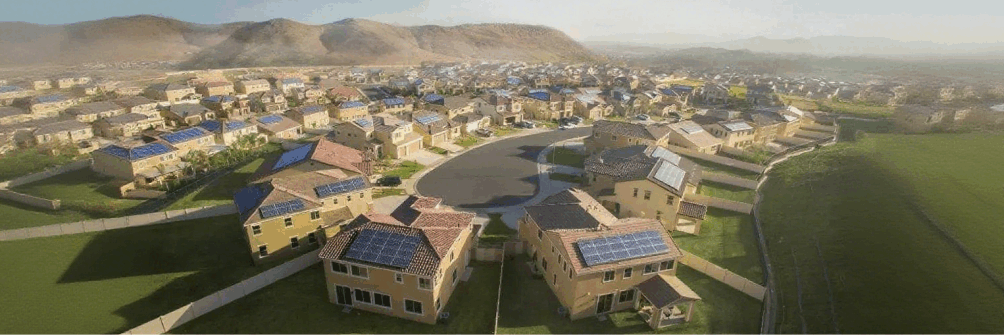
4. Implementation Steps and Precautions
4.1 Preliminary Assessment: Roof load-bearing capacity testing (photovoltaic + energy storage systems weigh approximately 15–20 kg/m², and must meet building load requirements); Shading analysis (use drones or solar simulation software to identify obstructions such as trees or tall buildings).
4.2 Compliance: Photovoltaic systems must apply for grid connection with the power company (submit roof ownership proof and design plans; grid connection metering is approved after approval); Energy storage systems do not require additional approval but must comply with local fire safety regulations (keep away from heat sources and ensure adequate ventilation space).
4.3 Installation and Commissioning: - Photovoltaic panel mounts must be wind-resistant (designed to withstand 12-level wind standards); - Energy storage battery packs must be stored separately in a well-ventilated, dry equipment room (e.g., garage, equipment room).
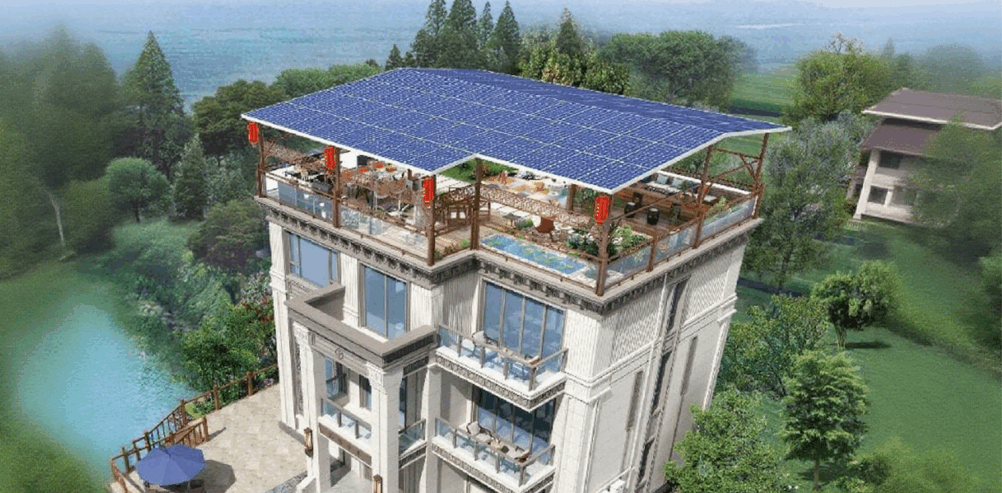
Summary: For a villa with a daily electricity demand of 100 kWh, the optimal solution is a 30 kW photovoltaic system + 100 kWh lithium iron phosphate energy storage + intelligent EMS system: it not only meets the high proportion of self-consumption, but also copes with power outages and cloudy days, with significant long-term economic benefits. If the roof area is limited (e.g., only supporting 20 kW photovoltaic), the energy storage can be appropriately reduced to 80 kWh, combined with grid supplementation, and still cover more than 80% of the electricity demand.
-
Aliyun VS Baidu Cloud
Jul 19, 20254737
-
The Importance of Network Cabling for Smart Factories
Jul 19, 20254726
-
Full analysis of wiring test tools
Jul 19, 20254721
-
Enterprise network cabling
Jul 19, 20252398
-
Can you do smart control without the Internet
Jul 19, 20253483
-
Principle of whole house intelligent control
Jul 18, 20253496
-
Specifications and functions of light modules
Jul 18, 20254616
-
Fiber optic engineering
Jul 18, 20252394
-
Common classifications and their specific types:
Jul 18, 2025163
-
Parking fee system
Jul 14, 2025319
-
Video face recognition big data system
Jul 14, 20253395
-
Starlink is a low-orbit satellite launched by SpaceX
Jul 14, 20254617
-
5G base station project
Jul 14, 20253716
-
5G and Starlink overview
Jul 14, 20254716
-
Enterprise LAN security access control system project
Jul 14, 20253493
-
Internet data centers are the nerve center of the digital economy
Jul 14, 20252401
-
Internet Data Center (IDC)
Jul 11, 20254595
-
Enterprise LAN solutions
Jul 10, 20253294
-
Video transmission theory
Jul 10, 20258860
-
Patented technology and marked RJ45 crystal head
Jul 10, 202533712
-
The relationship between network and intelligent control
Nov 30, 20245240
-
Advantages and disadvantages of intelligent control
Nov 30, 20244593
-
Video Streaming Data Center
Nov 30, 20244604
-
Computer Centre
Nov 30, 20243348

























